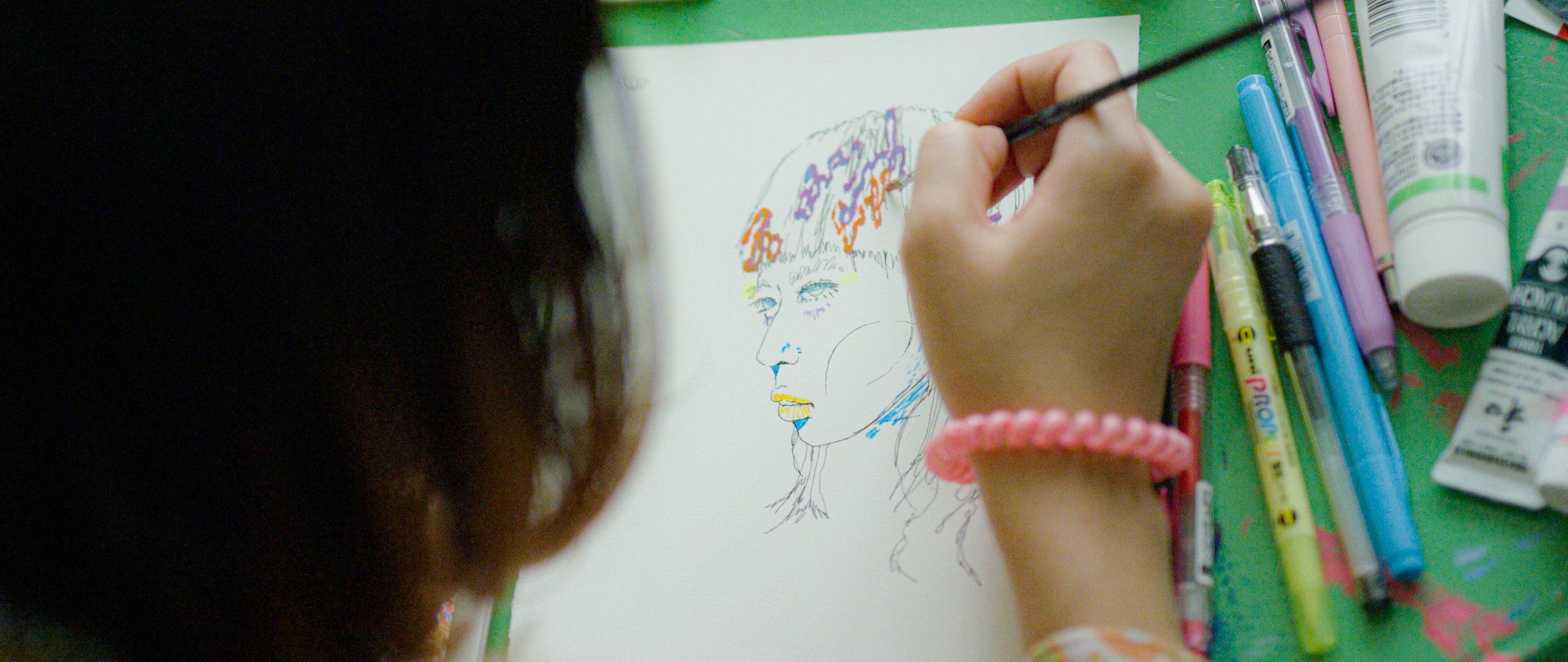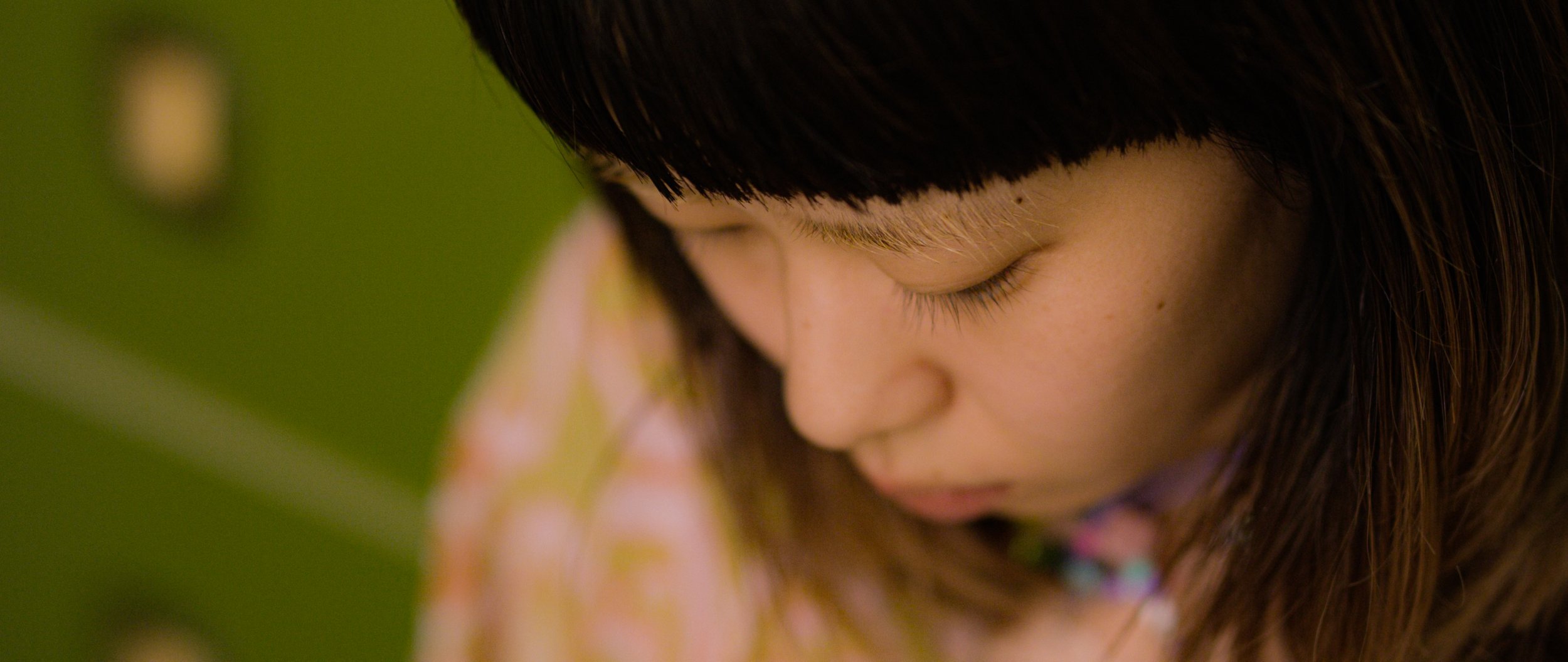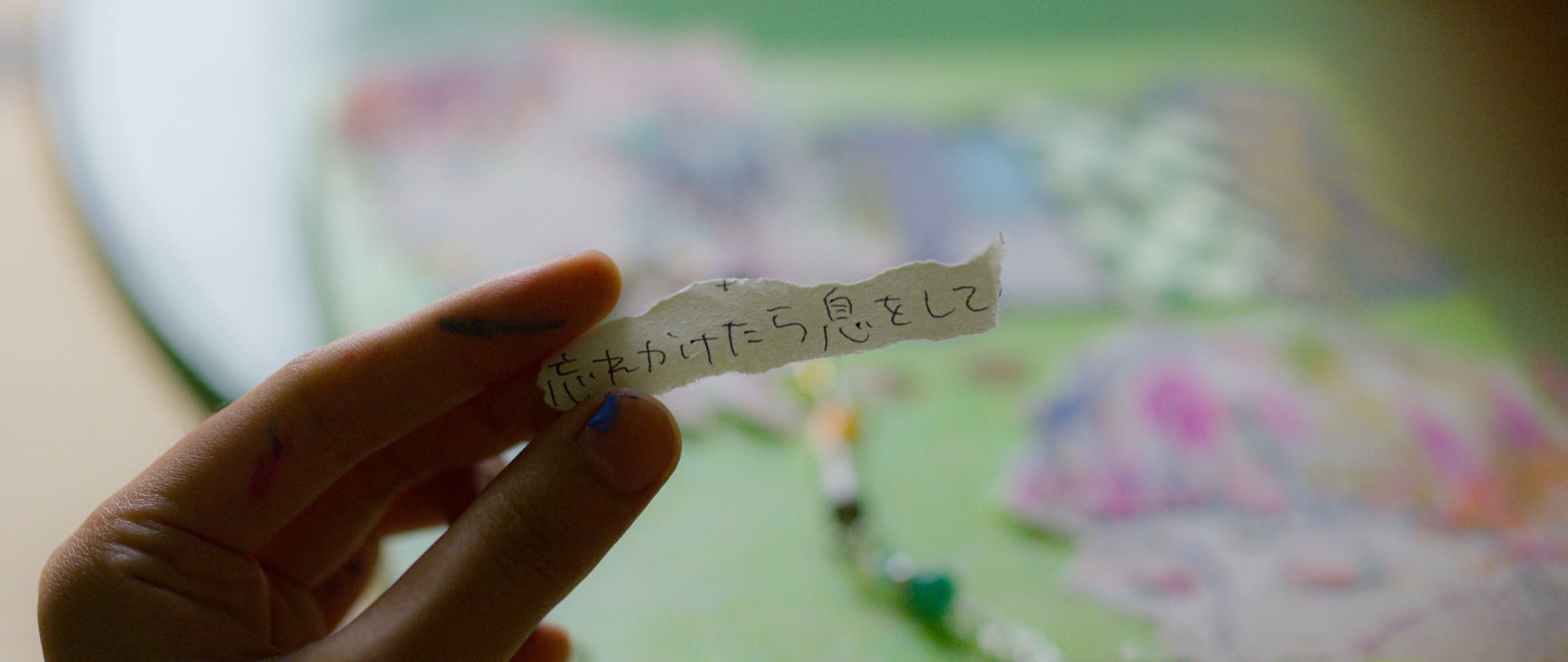The opportunity to improve his Japanese allowed him to absorb the stories, dreams and visions of creative individuals in the intimate comfort of a bar. Fascinated by documentary filmmaking and the individuality of artists, Issam’s most recent project, Tadaima, is a collection of videos and stills which focus on an opportunistic form of collaboration.
With lengthy courses and evening classes, learning Japanese as a foreigner is no mean feat and requires constant practise. The chance to receive the all-important “Hana Maru” (花丸), the Japanese floral equivalent to an academic gold star, is enough of a motivator for videographer and director Issam Kechouri. With classmate Marin and roommate Benoit in tow, an exploration trip for Tadaima was planned in Koenji, a bustling suburb of Tokyo.
On a usual occasion, Issam lets his trusty dice determine whether he should bring along his camera on a night out, but tonight he had a good feeling and wanted to show Marin how he ‘does Tadaima’ in action.
After a number of highballs in a famous izakaya, the tipsy trio remained in Koenji after the last train. Issam had heard of a bar nearby that he had always felt intimidated to go to alone. Brightly coloured and busy, the Nantoka Bar welcomed the three men with warmth. Artists, creatives and musicians crowded around the bar where the Taiwanese bartender handed out lemon sours and shots of her home liquor.
Eyes began to turn to Issam’s camera, and questions started circulating around what it was going to capture. Nantoka means “somehow” in Japanese, and somehow Issam was going to find his muse within this space. He could feel it.
Thanks to the warm confidence of alcohol and a tough month of Japanese classes, Issam started to make his introductions and take portraits of the customers in the bar. There were so many interestingly dressed people and he wanted to learn more.
In the corner of his eye, Issam saw a woman standing After making introductions, he discovered that Narumi Mikuriya (Nyaru-san) shared his passion for the arts and was an artist and illustrator. Her work was unique and colourful, but also had a darkness that intrigued Issam.
Although it was clear that she was camera shy, Issam told her about Tadaima and she was curious. Being understanding of the reluctance of women to film a video with a male stranger, a compromise was met and they agreed that Issam would film her while she drew a self-portrait.
There is something so personal about a self-portrait. It is an expression of how an artist sees themselves, with all the complications that make them who they truly are.
As Nyaru-san describes it, when she makes or draw something, she tries to express feelings and emotions that can't quite be put into words. When she stands back to look at the finished piece, she is able to see feelings expressed which she initially didn't know how to capture.
After a difficult period of self isolation and depression, the piece acts as a reminder to Nyaru-san that support and healing should come from within.
The window symbolises an invitation to breathe and to feel that you are alive.
The eyes in the centre represent Nyaru-san in a relaxed state, and the necklace became a memento of the moment, something physical to remember the feeling of peace with oneself.
In a way, Issam’s filming of Nyaru-san is more personal than any Tadaima project to date.
The combination of their unique perspectives captures a private moment, a feeling of being comfortable in one’s own skin whilst with another person, a person that you met by chance.
This, is Tadaima.






